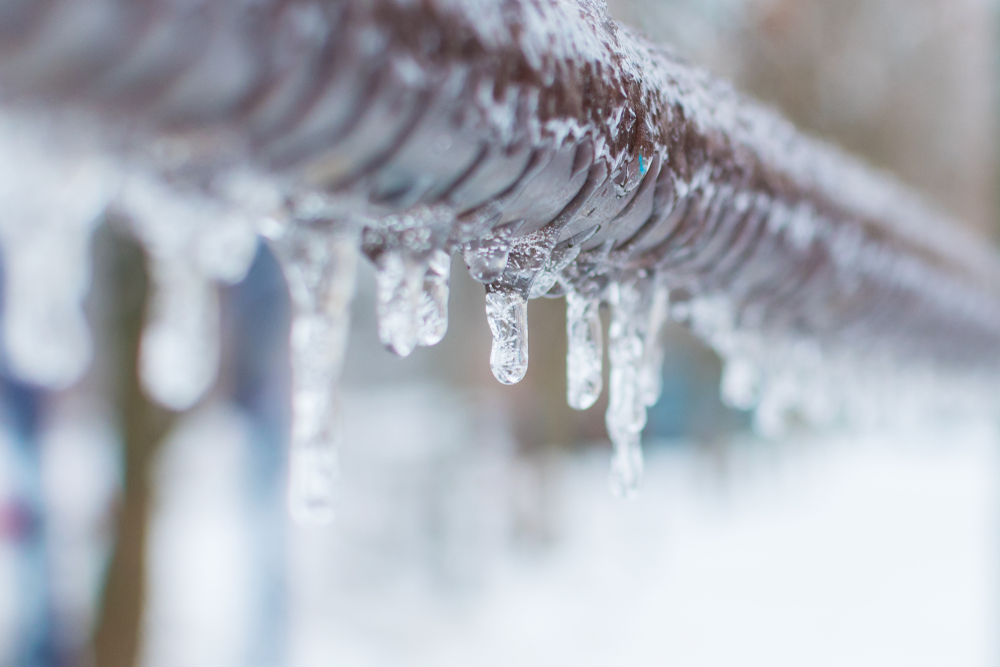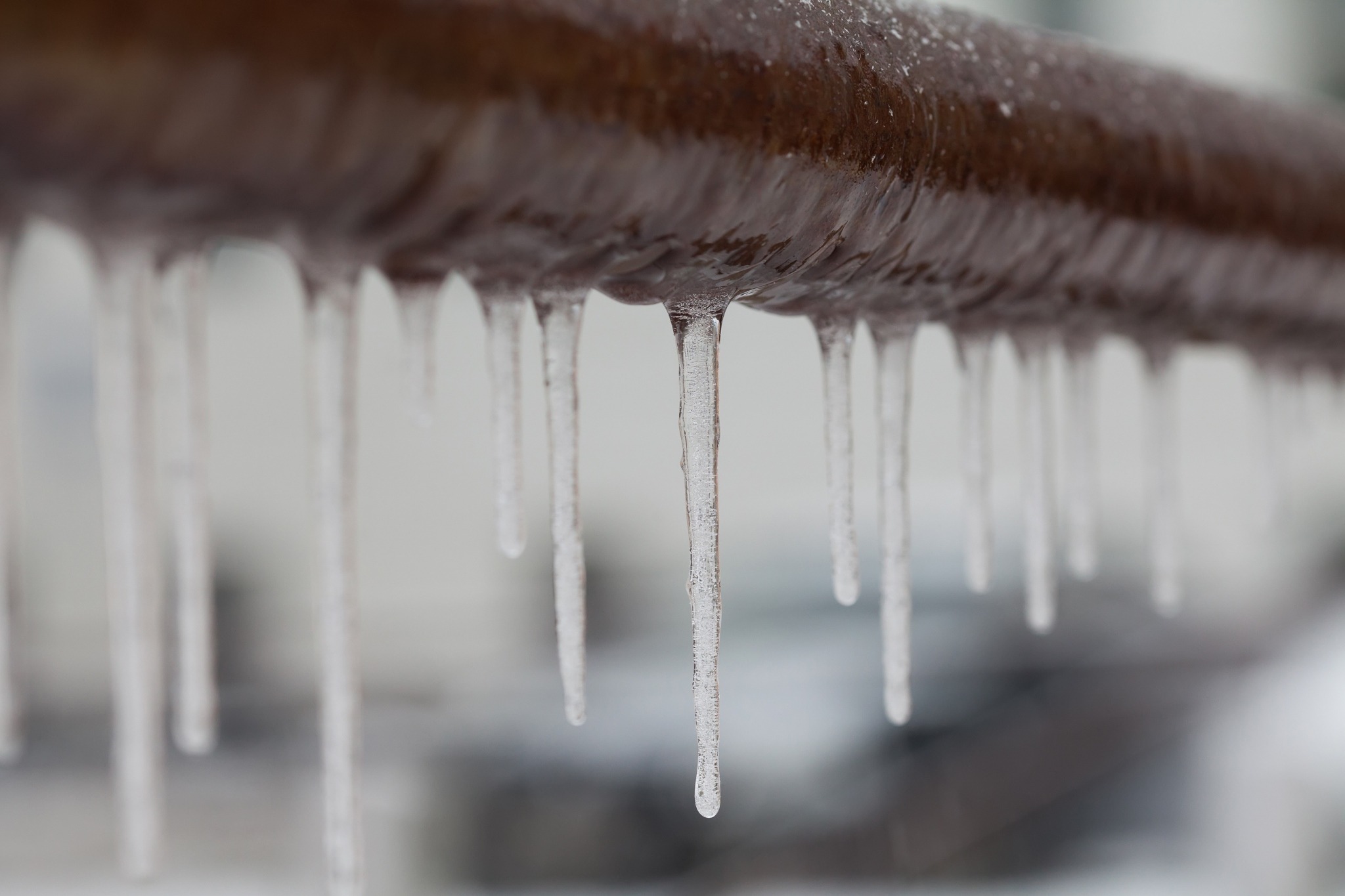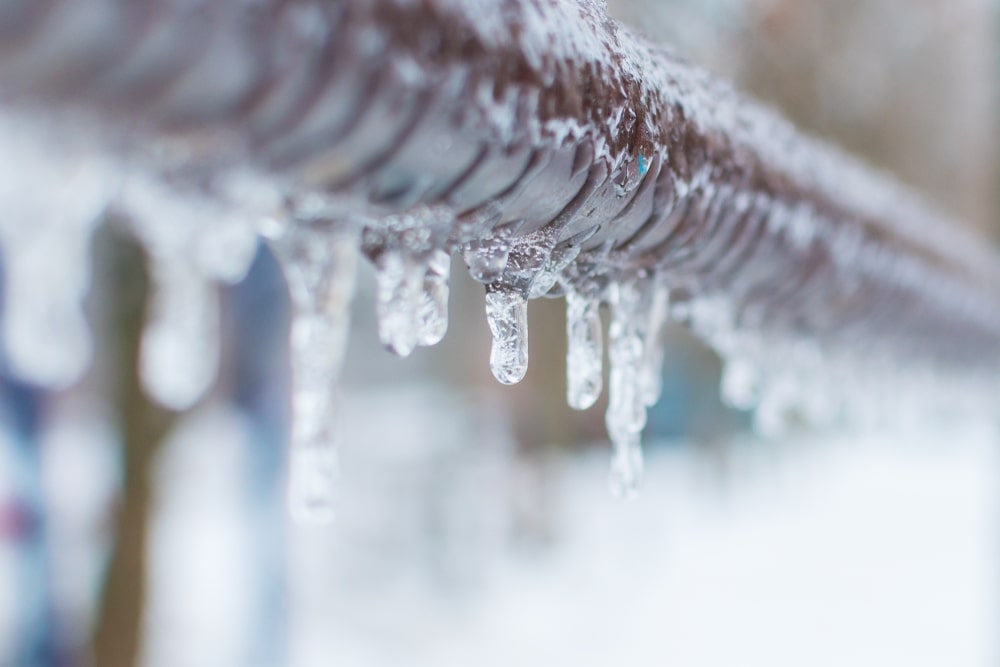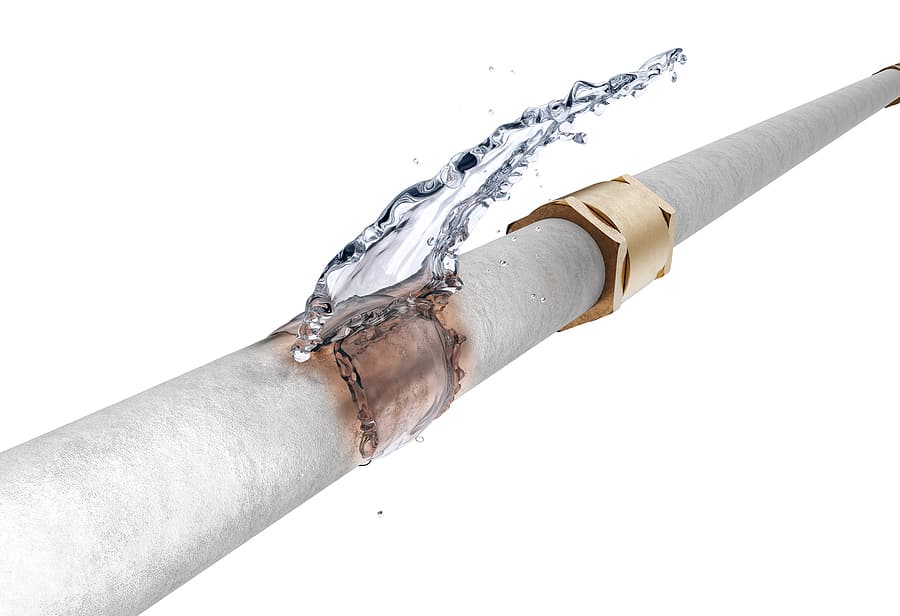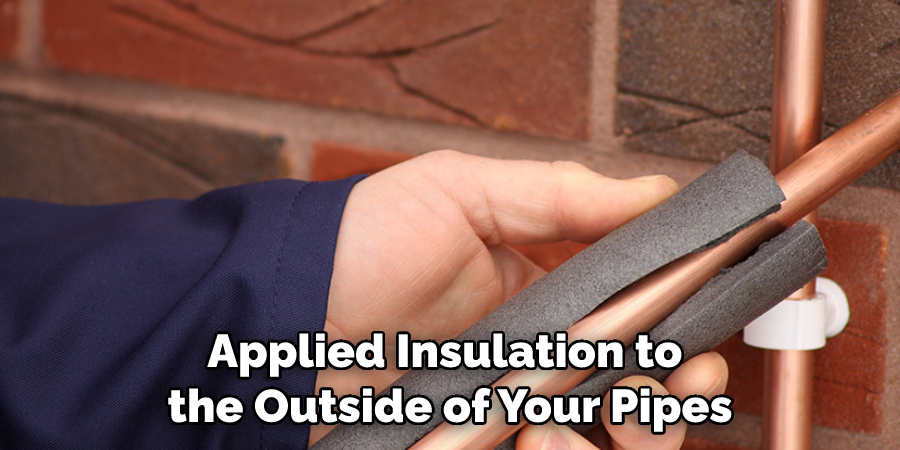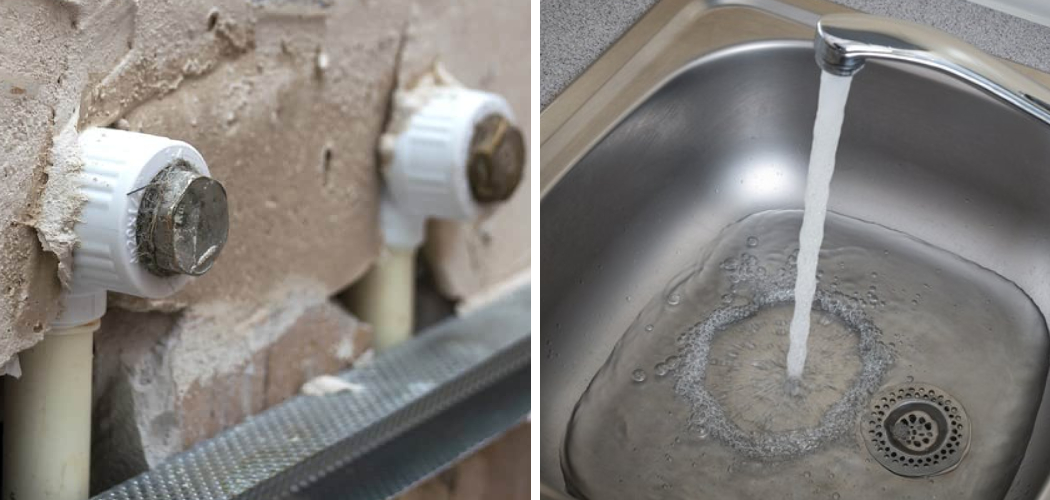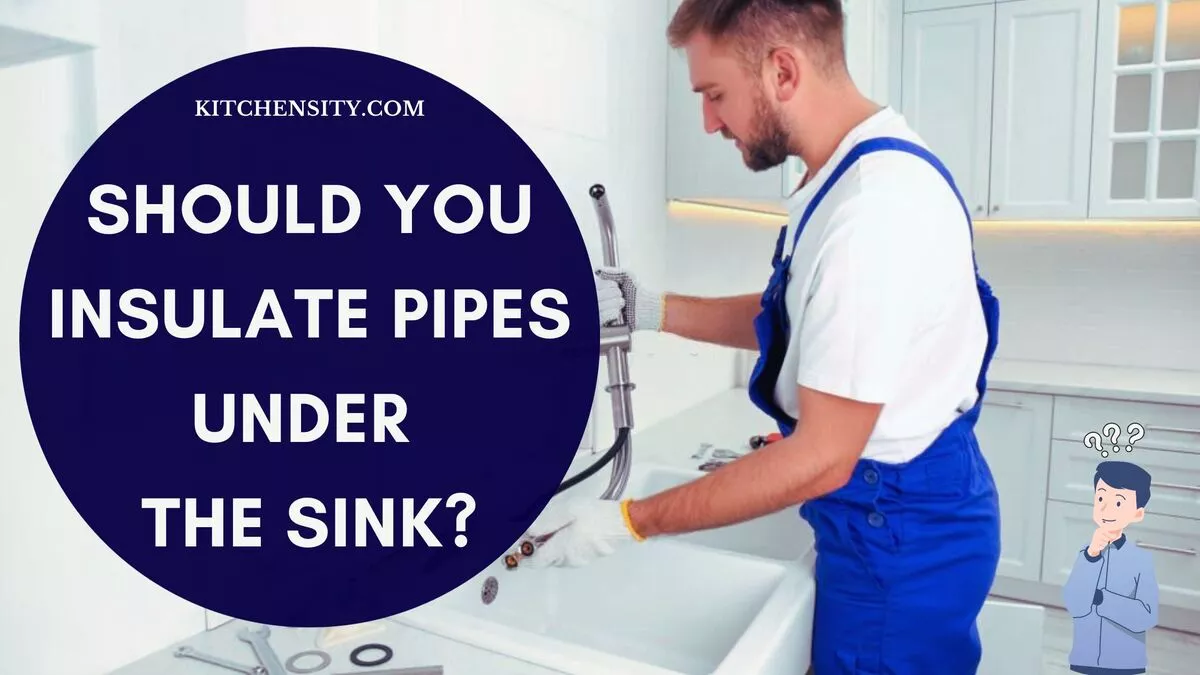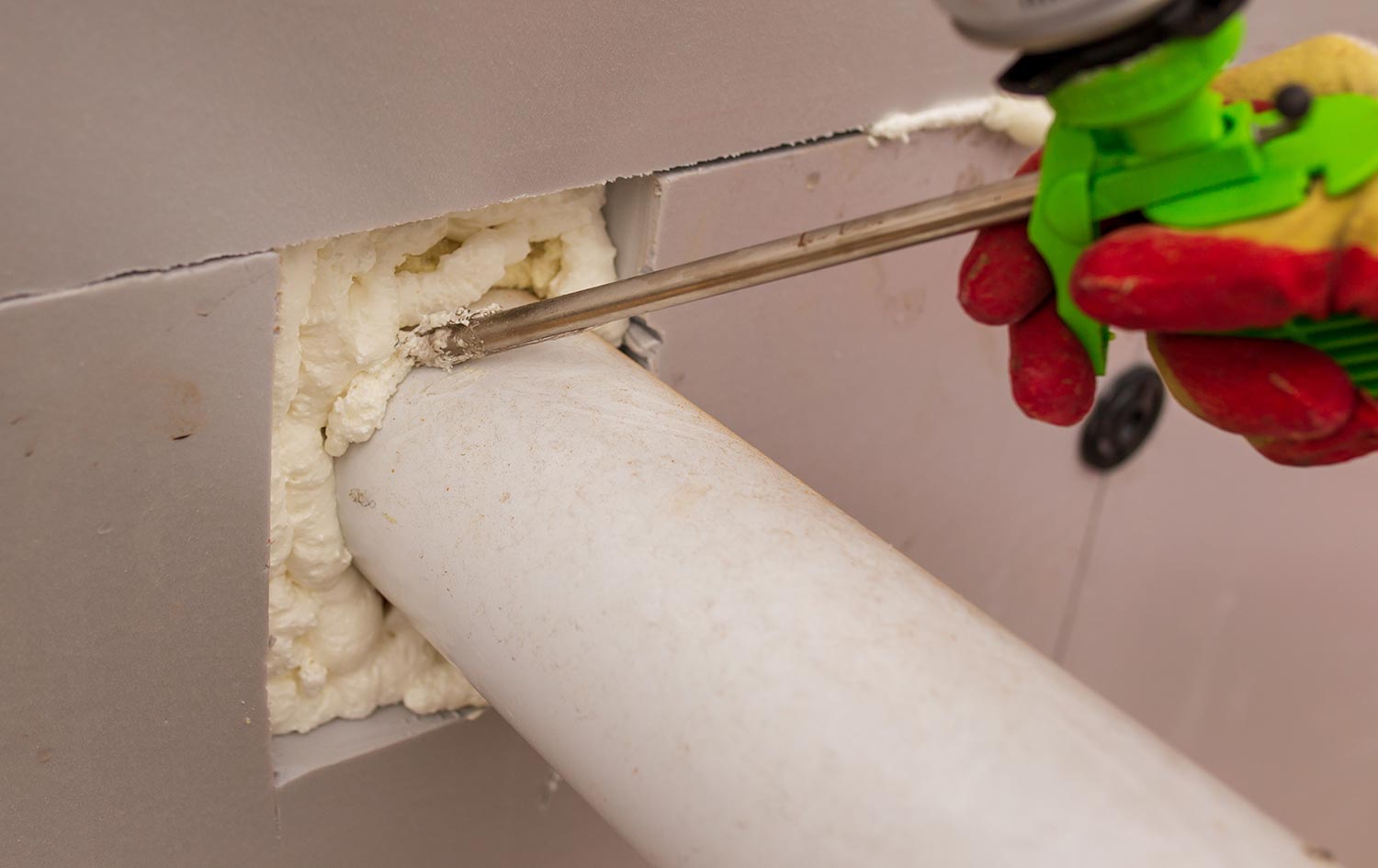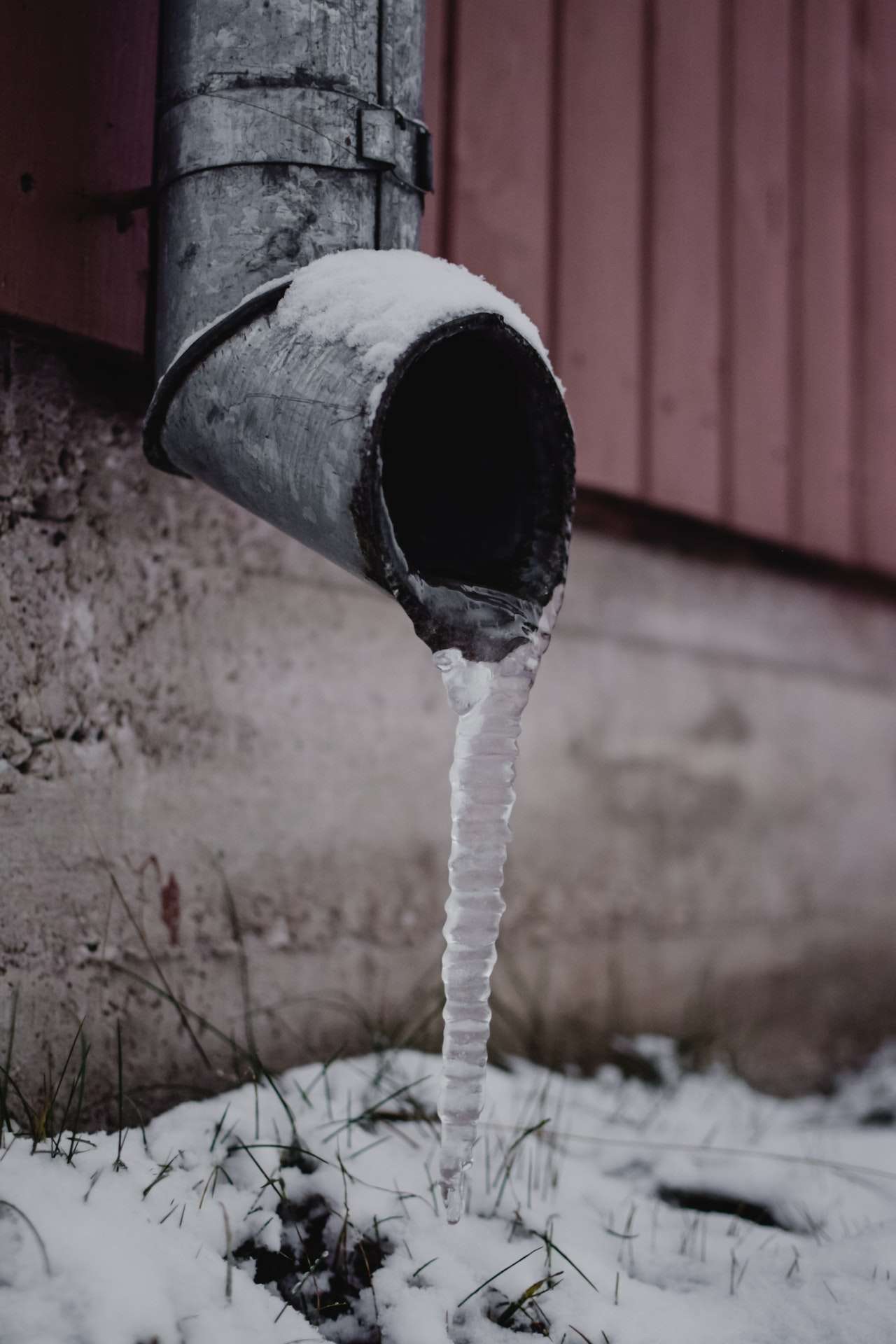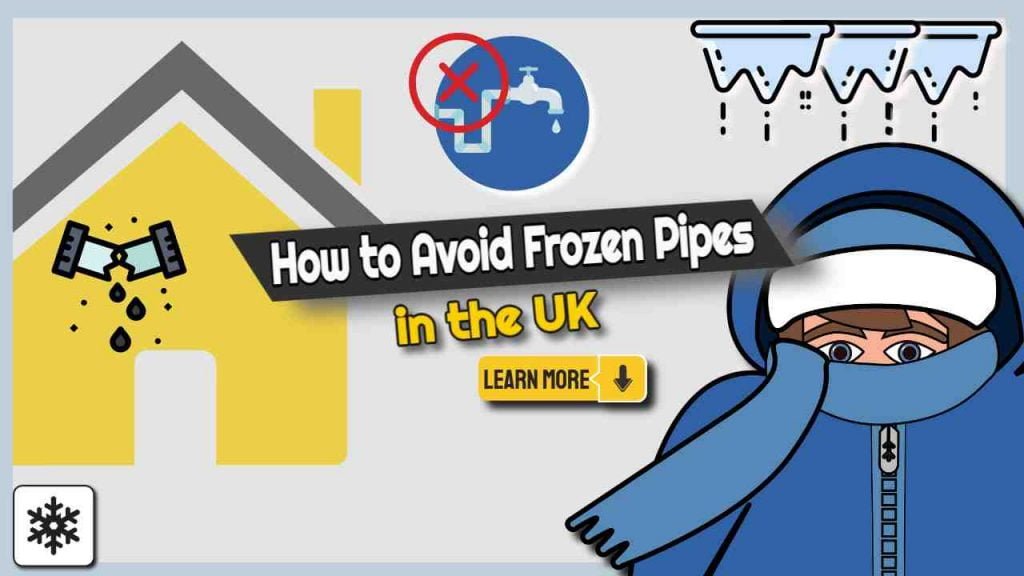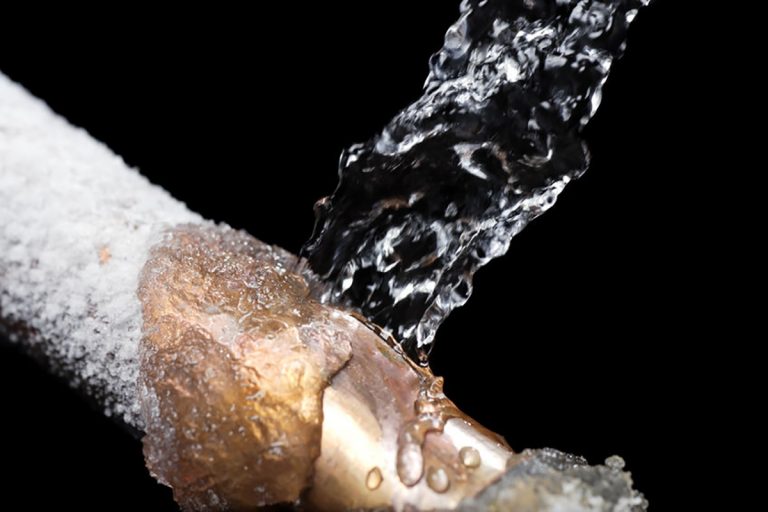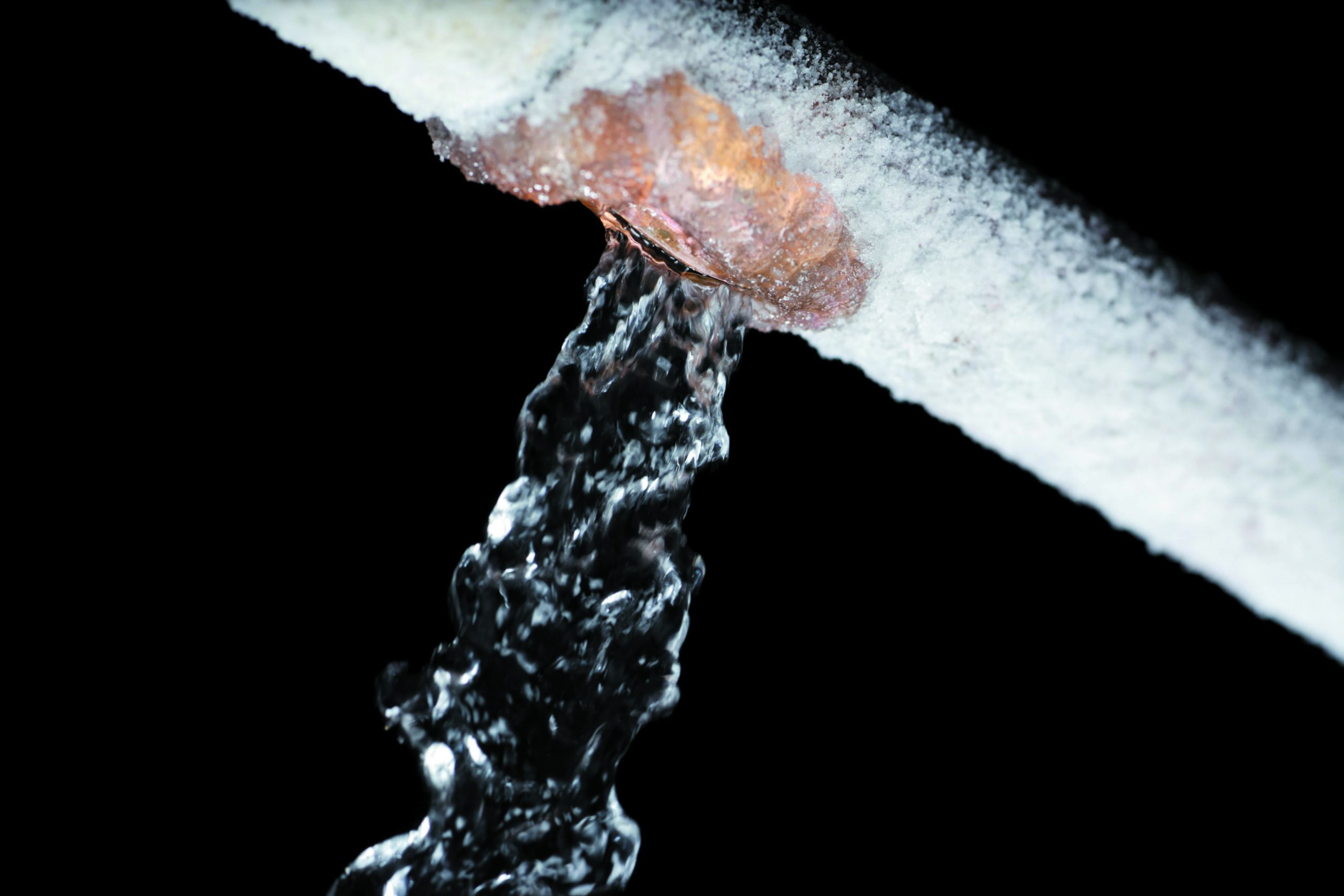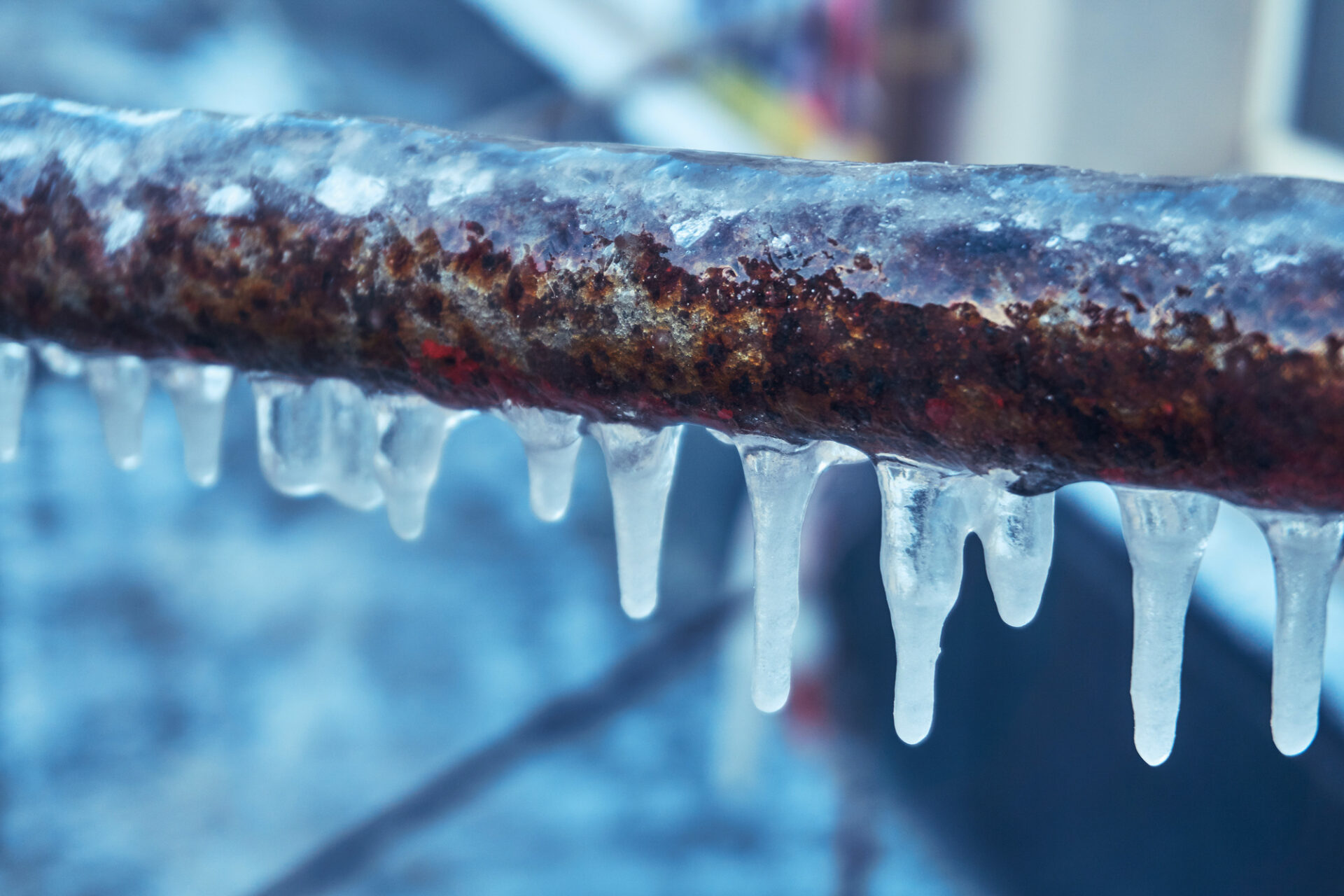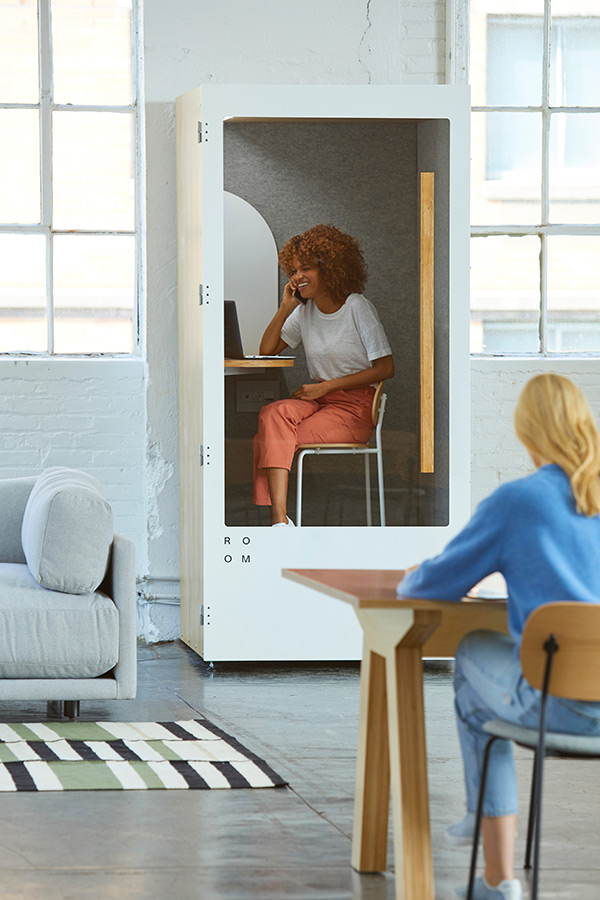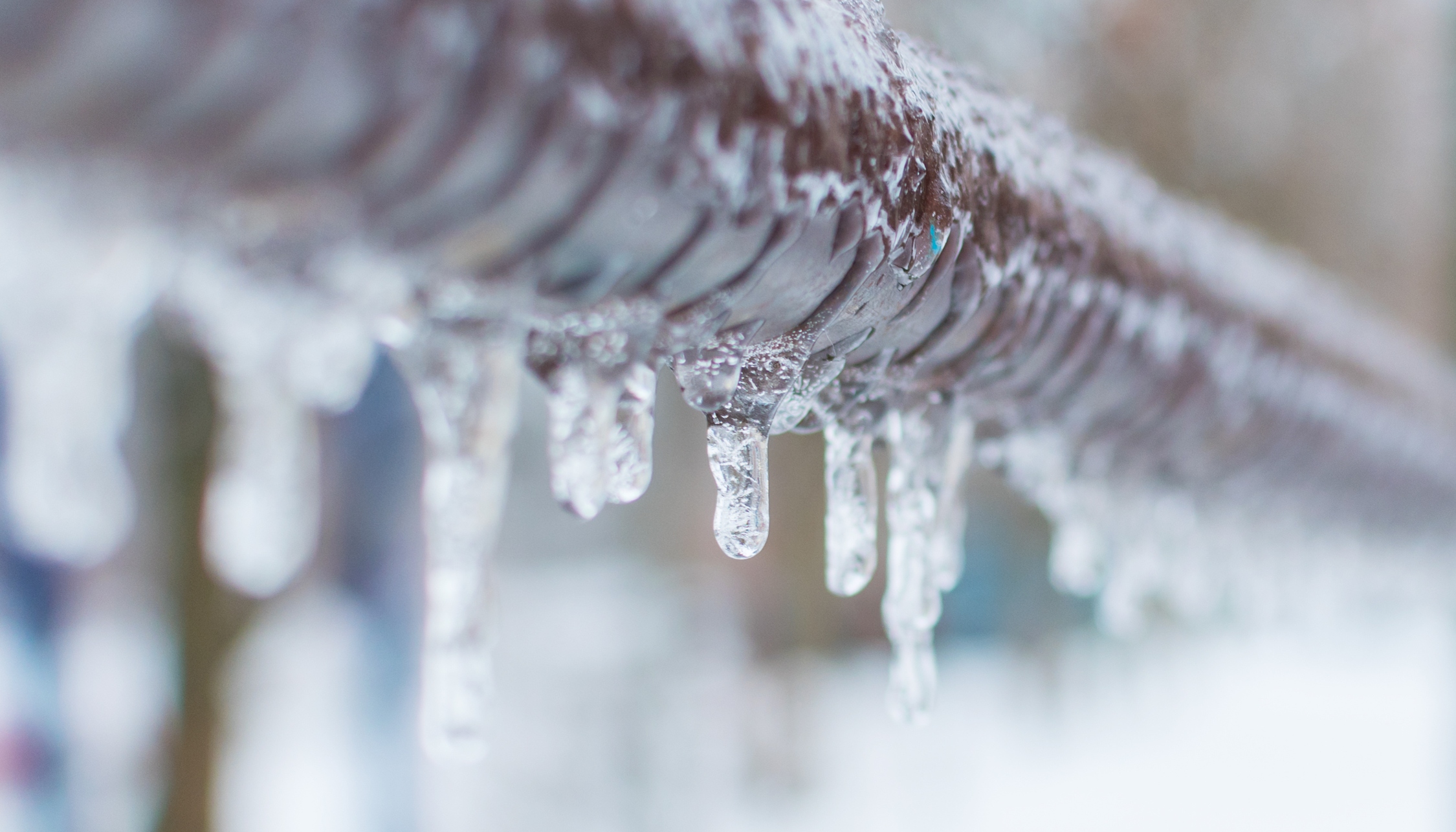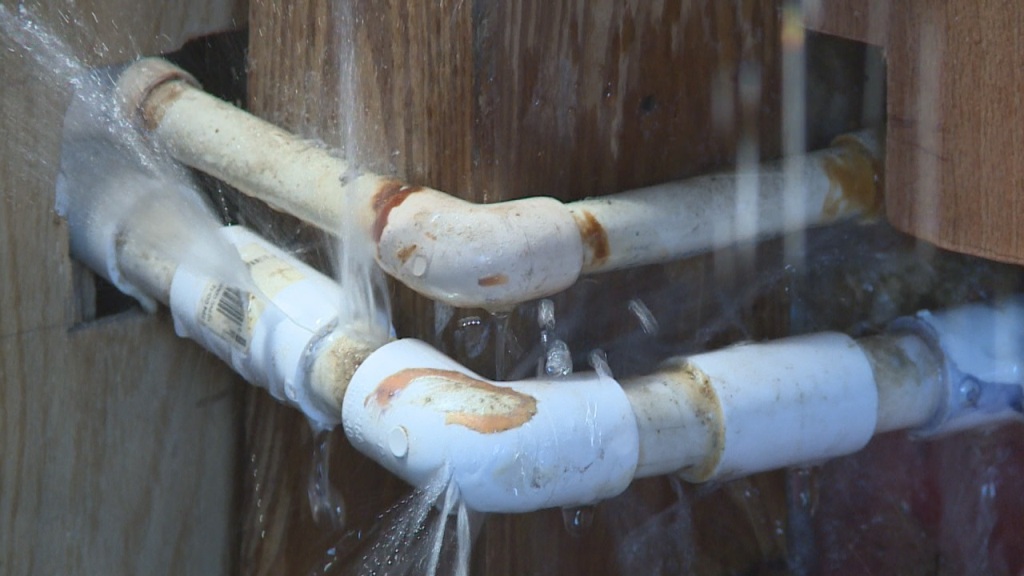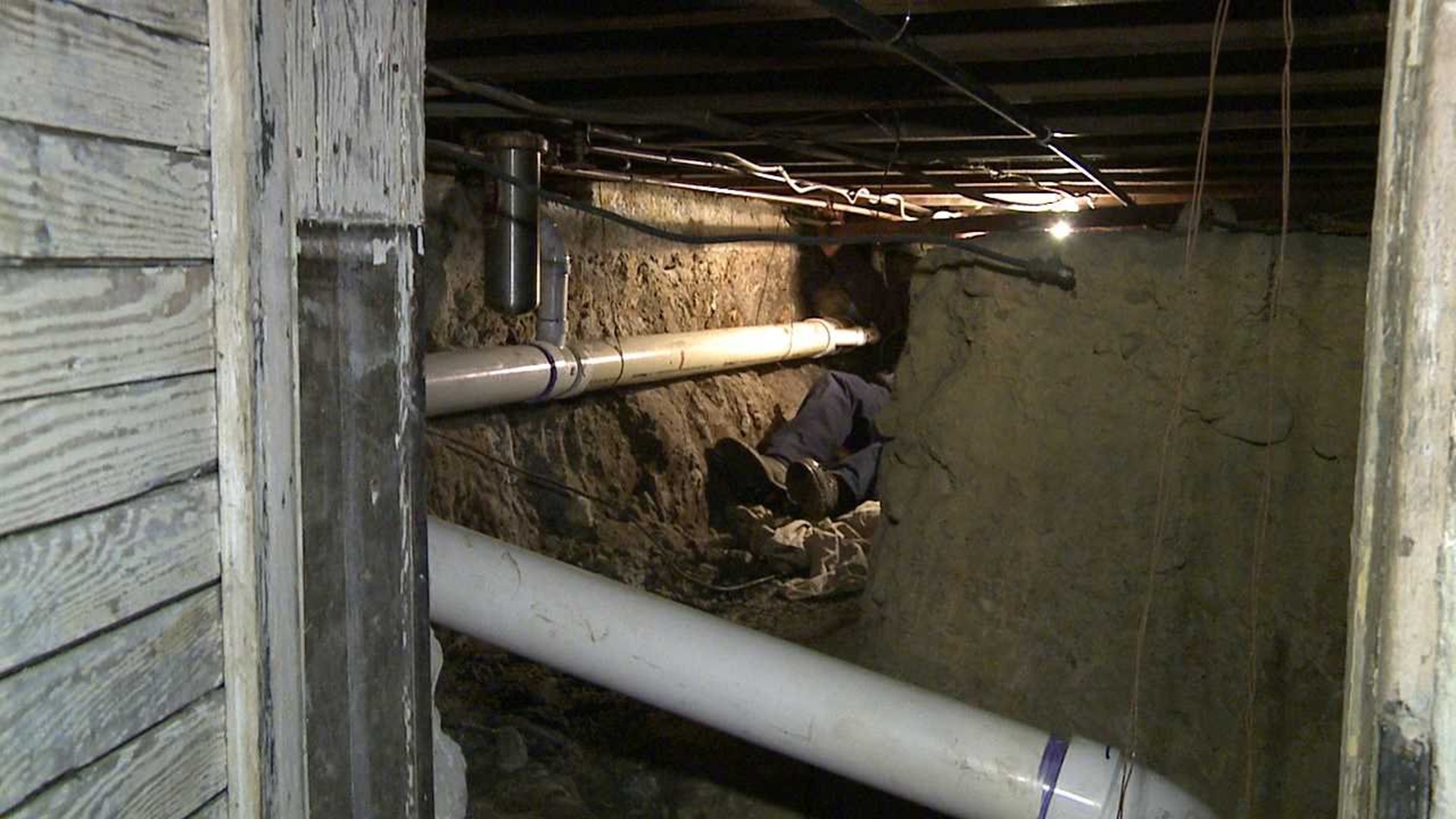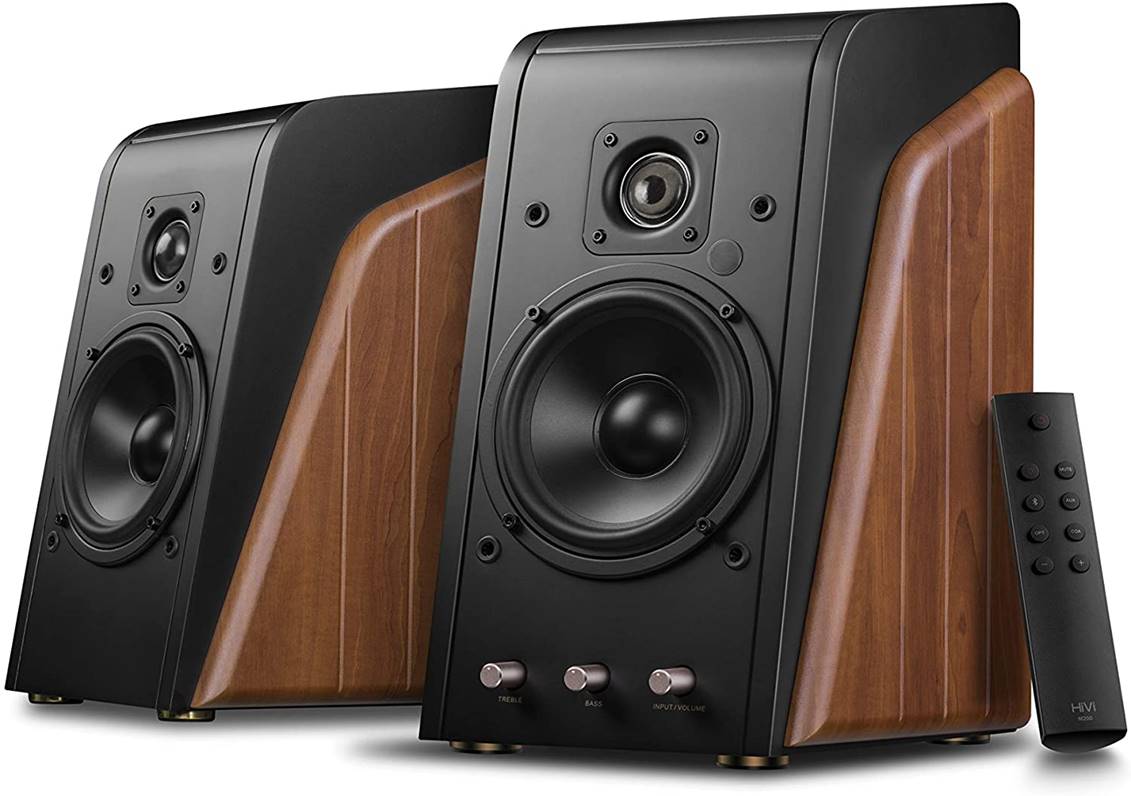If you're dealing with a clogged kitchen sink and frozen pipes, you're not alone. This is a common problem in the colder months, but it can be frustrating and inconvenient to deal with. Luckily, there are several methods you can try to unclog your kitchen sink and thaw out those frozen pipes. Kitchen sink clogged? Here's how to fix it: 1. Start by trying the hot water method. Boil a pot of water and carefully pour it down the drain. This can help break up any grease or debris that may be causing the clog. 2. If the hot water doesn't work, try using a plunger. Make sure to cover the second drain if your sink has two, and plunge vigorously for a few minutes. This can help dislodge the clog and get the water flowing again. 3. If the clog is still persistent, it's time to bring out the drain snake. This long, flexible tool can reach deep into the pipes to break up and remove the clog. Follow the instructions on the package and be patient, as this method may take a bit of time. 4. For a more natural approach, you can try a mixture of baking soda and vinegar. Pour half a cup of baking soda down the drain, followed by half a cup of vinegar. Let it sit for about 15 minutes, then pour hot water down the drain to flush it out. 5. If none of these methods work, it's possible that the clog is located in the main drain or sewer line. In this case, it's best to call a professional plumber for assistance.How to Unclog a Kitchen Sink with Frozen Pipes
When temperatures drop below freezing, the water in your pipes can freeze, causing them to become clogged and potentially burst. If you suspect that your kitchen sink pipes are frozen, it's important to act quickly to prevent any damage. Frozen pipes in your kitchen sink? Here's what to do: 1. Start by turning off the water supply to your kitchen sink. This will prevent any water from flowing through the frozen pipes and potentially causing a burst. 2. Next, you can try using a hairdryer to thaw out the pipes. Point the hairdryer at the frozen section of the pipe and use it on the low or medium setting. Be patient and continue until the water starts flowing again. 3. If the hairdryer method doesn't work, you can try using hot towels. Soak towels in hot water and wrap them around the frozen section of the pipe. This will help thaw the pipes more slowly and prevent any potential damage. 4. Another option is to use a space heater or heat lamp near the frozen pipes. Just make sure to keep a safe distance and never leave the heater unattended. 5. If these DIY methods don't work, it's time to call a professional plumber. They have the tools and expertise to safely and effectively thaw out your frozen pipes.How to Thaw Frozen Pipes in Your Kitchen Sink
Of course, the best way to deal with frozen pipes is to prevent them from happening in the first place. Here are some tips to keep your kitchen sink pipes from freezing: 1. Insulate your pipes. This is especially important for pipes that are located in unheated areas, such as under the sink or in the basement. You can use foam pipe insulation or even old towels or blankets to keep the pipes warm. 2. Let your faucets drip. A small drip of water can help prevent the pipes from freezing. This is because moving water is less likely to freeze than stagnant water. 3. Keep your kitchen cabinet doors open. This allows warm air to circulate around the pipes and prevent them from freezing. 4. If you're going away for an extended period during the winter, make sure to keep your heat on and set it to no lower than 55 degrees. This will help prevent your pipes from freezing while you're away. 5. If you know that a cold snap is coming, you can also leave your faucets dripping overnight to prevent freezing.Preventing Frozen Pipes in Your Kitchen Sink
If you're dealing with a clogged kitchen sink and frozen pipes, using a plunger can be an effective method to break up the clog and get the water flowing again. To use a plunger on your frozen pipes: 1. Make sure to cover the second drain if your sink has two drains. 2. Fill the sink with enough water to cover the plunger. 3. Place the plunger over the drain and push down firmly, then pull up quickly. Repeat this motion several times. 4. If the water starts to drain, continue plunging until it's completely clear. 5. If the plunger doesn't work, you can try using a drain snake or call a professional plumber for assistance.Using a Plunger to Unclog a Kitchen Sink with Frozen Pipes
A drain snake, also known as a plumbing auger, is a long, flexible tool that can reach deep into your pipes to break up and remove any clogs. Here's how to use it to clear your frozen pipes: 1. Start by inserting the drain snake into the drain and slowly pushing it down until you feel resistance. 2. Use the handle to turn the drain snake and break up the clog. 3. Continue pushing and turning the drain snake until the clog is cleared. 4. Run hot water down the drain to flush out any remaining debris. 5. If this method doesn't work, it's best to call a professional plumber for assistance.How to Use a Drain Snake to Clear Frozen Pipes in Your Kitchen Sink
If you're dealing with frozen pipes in your kitchen sink, there are several DIY methods you can try to thaw them out before calling a professional plumber: 1. Use a hairdryer or hot towels to slowly thaw out the frozen pipes. 2. Place a space heater or heat lamp near the frozen pipes, being sure to keep a safe distance. 3. Pour hot water over the frozen pipes to help thaw them out. 4. Wrap the frozen pipes in electrical heating tape to slowly thaw them out. 5. Use a propane torch to carefully heat the frozen pipes, being sure to follow all safety precautions.DIY Methods for Thawing Frozen Pipes in Your Kitchen Sink
There are several signs that may indicate that your kitchen sink pipes are frozen, including: - Little to no water coming out of the faucet - Strange noises coming from the pipes - A decrease in water pressure - Visible frost or ice on the pipes If you notice any of these signs, it's important to act quickly to prevent any damage or burst pipes. Use the methods mentioned in this article to thaw out your frozen pipes and get your water flowing again.Signs of Frozen Pipes in Your Kitchen Sink and How to Fix Them
Insulating your kitchen sink pipes is an important step in preventing them from freezing. Here's how to do it: 1. Purchase foam pipe insulation from your local hardware store. 2. Measure the length of your pipes and cut the insulation to fit. 3. Wrap the insulation around the pipes and secure it with duct tape. 4. For added protection, you can also wrap old towels or blankets around the pipes. 5. Remember to keep the cabinet doors open to allow warm air to circulate around the pipes.How to Insulate Your Kitchen Sink Pipes to Prevent Freezing
Some of the most common causes of frozen pipes in kitchen sinks include: - Exposed pipes in unheated areas such as basements or crawl spaces - Poor insulation - Letting the faucet drip during freezing temperatures - Turning off the heat while away for an extended period To avoid frozen pipes, make sure to insulate your pipes properly and keep your heat on during cold weather. If you're going away for an extended period, consider leaving the heat on at a low temperature to prevent any freezing.Common Causes of Frozen Pipes in Kitchen Sinks and How to Avoid Them
If you're unable to unclog or thaw out your kitchen sink pipes on your own, it's best to call a professional plumber for assistance. They have the tools and expertise to safely and effectively clear any clogs and thaw out frozen pipes. Kitchen sink clogged with frozen pipes? Don't hesitate to call a professional for help. They can also provide advice on how to prevent this issue from happening again in the future.Professional Plumbing Services for Thawing Frozen Pipes in Your Kitchen Sink
The Importance of Proper Plumbing in House Design
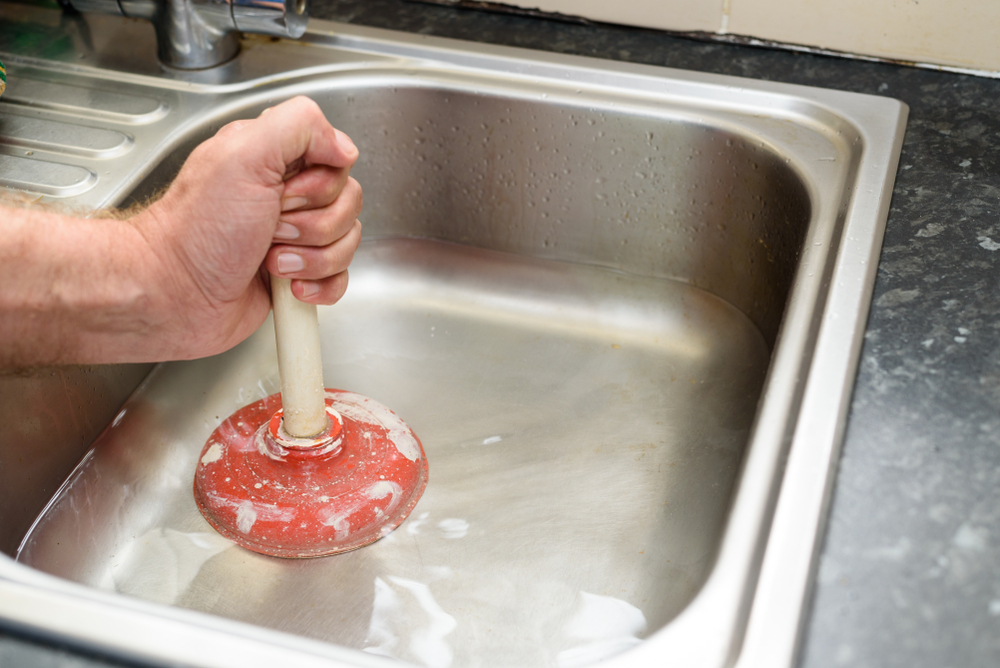
Don't Let a Clogged Kitchen Sink and Frozen Pipes Ruin Your Home
 Proper plumbing is essential in any house design. It not only ensures the functionality and convenience of your water supply, but also prevents potential damages and costly repairs. Unfortunately, many homeowners neglect the importance of plumbing and end up facing common issues such as a clogged kitchen sink and frozen pipes.
Kitchen sink clogs
are a common occurrence in households, especially if proper maintenance and care are not taken. The accumulation of food scraps, grease, and other debris can cause a blockage in your kitchen sink drain, resulting in slow draining or even complete clogs. This can be a major inconvenience, hindering your daily tasks and disrupting the flow of your household.
Frozen pipes
are another common plumbing issue that can cause major problems in your house design. When the temperature drops, the water inside your pipes can freeze, causing them to expand and potentially burst. This can lead to water damage, costly repairs, and even mold growth if not addressed promptly.
To prevent these issues, it is important to have a professional plumber inspect and maintain your plumbing regularly. They can identify any potential problems and provide solutions before they escalate into major issues. Additionally, practicing proper plumbing habits such as not pouring grease down the drain and properly disposing of food scraps can also prevent clogs in your kitchen sink.
In colder climates, it is important to properly insulate your pipes to prevent them from freezing. This can include using heat tape or foam pipe insulation to protect your pipes from the freezing temperatures. It is also recommended to keep your faucets dripping during extreme cold weather to prevent water from freezing inside the pipes.
In conclusion, proper plumbing plays a crucial role in the overall design and functionality of your home. Don't let a clogged kitchen sink or frozen pipes ruin your household. Take proactive measures and regularly maintain your plumbing to avoid potential issues. And remember, always consult a professional plumber for any plumbing concerns to ensure the safety and efficiency of your home.
Proper plumbing is essential in any house design. It not only ensures the functionality and convenience of your water supply, but also prevents potential damages and costly repairs. Unfortunately, many homeowners neglect the importance of plumbing and end up facing common issues such as a clogged kitchen sink and frozen pipes.
Kitchen sink clogs
are a common occurrence in households, especially if proper maintenance and care are not taken. The accumulation of food scraps, grease, and other debris can cause a blockage in your kitchen sink drain, resulting in slow draining or even complete clogs. This can be a major inconvenience, hindering your daily tasks and disrupting the flow of your household.
Frozen pipes
are another common plumbing issue that can cause major problems in your house design. When the temperature drops, the water inside your pipes can freeze, causing them to expand and potentially burst. This can lead to water damage, costly repairs, and even mold growth if not addressed promptly.
To prevent these issues, it is important to have a professional plumber inspect and maintain your plumbing regularly. They can identify any potential problems and provide solutions before they escalate into major issues. Additionally, practicing proper plumbing habits such as not pouring grease down the drain and properly disposing of food scraps can also prevent clogs in your kitchen sink.
In colder climates, it is important to properly insulate your pipes to prevent them from freezing. This can include using heat tape or foam pipe insulation to protect your pipes from the freezing temperatures. It is also recommended to keep your faucets dripping during extreme cold weather to prevent water from freezing inside the pipes.
In conclusion, proper plumbing plays a crucial role in the overall design and functionality of your home. Don't let a clogged kitchen sink or frozen pipes ruin your household. Take proactive measures and regularly maintain your plumbing to avoid potential issues. And remember, always consult a professional plumber for any plumbing concerns to ensure the safety and efficiency of your home.











:max_bytes(150000):strip_icc()/how-to-unclog-a-kitchen-sink-2718799_sketch_FINAL-8c5caa805a69493ab22dfb537c72a1b7.png)

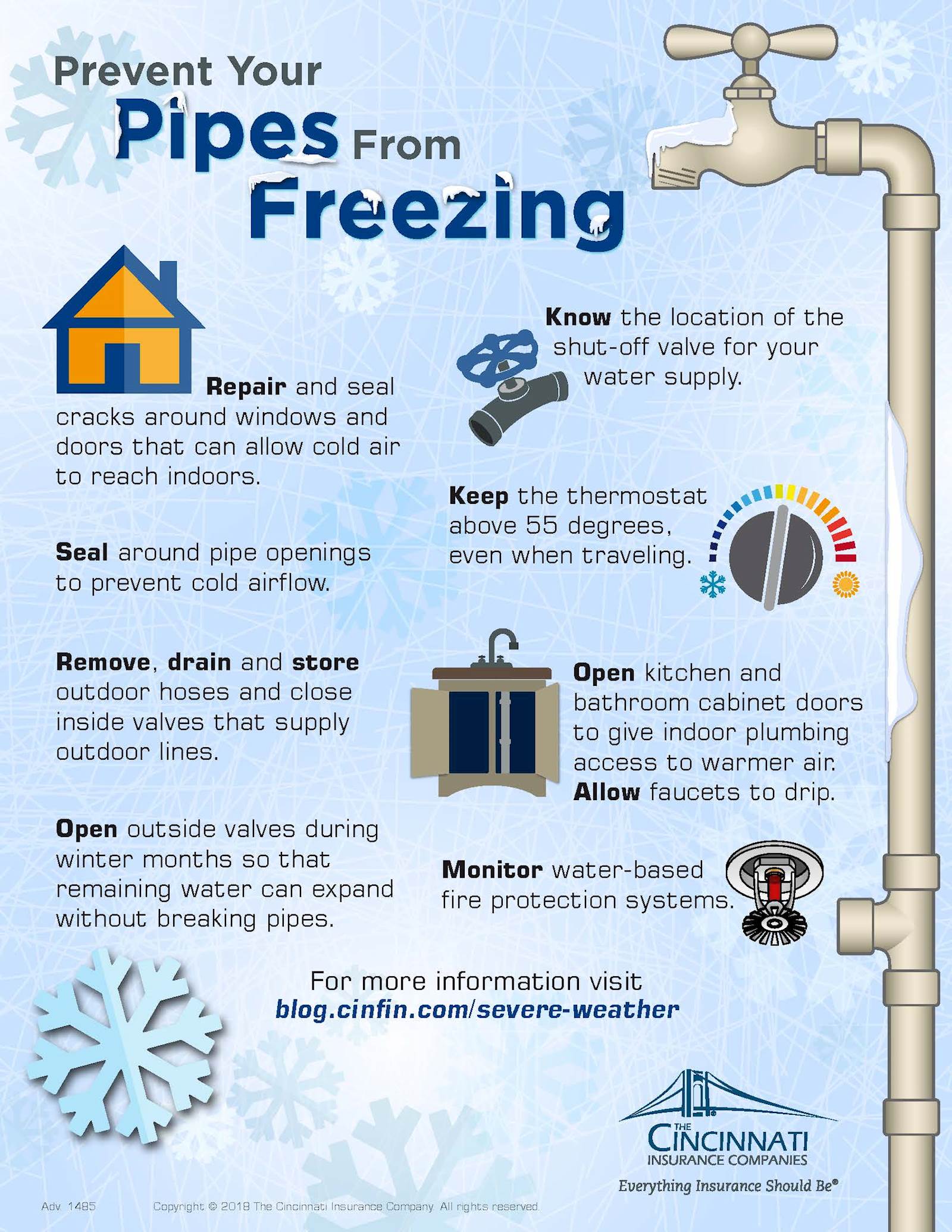
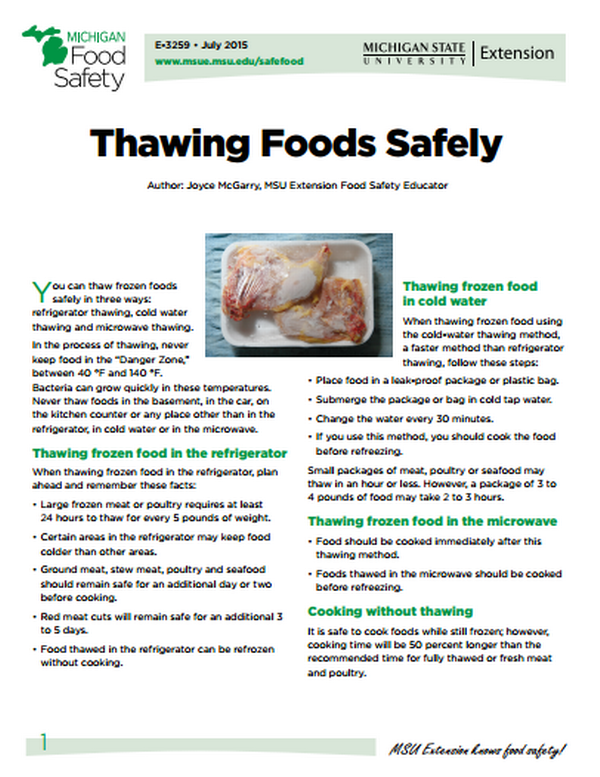




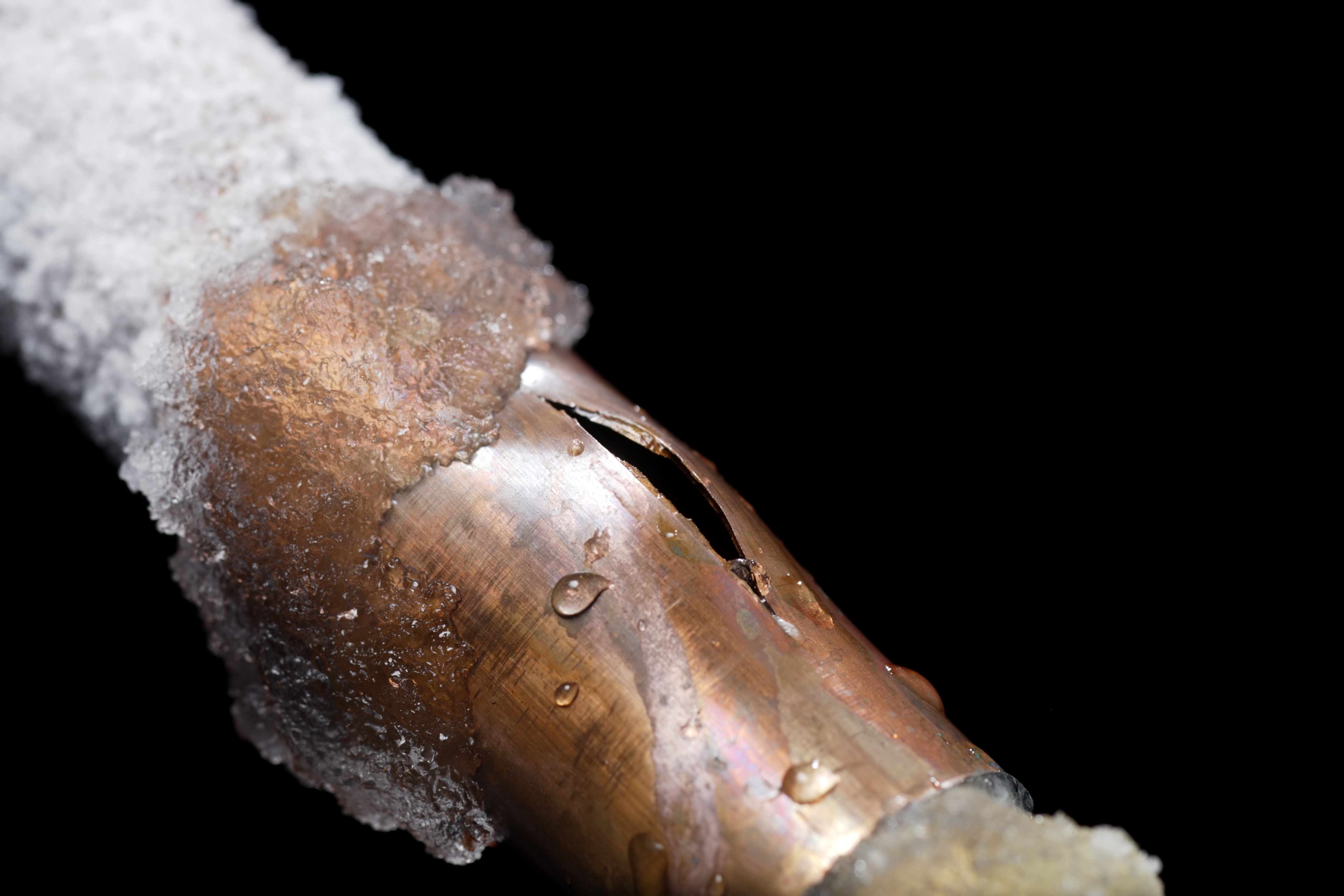



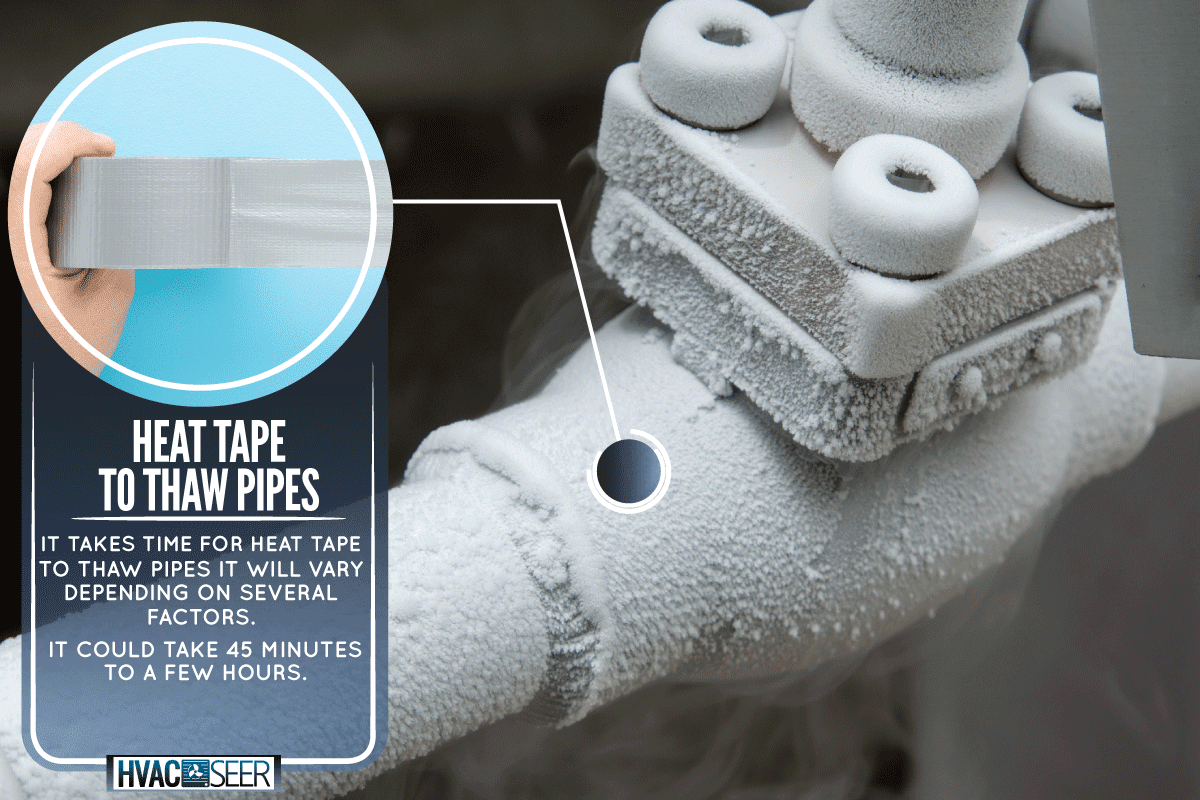
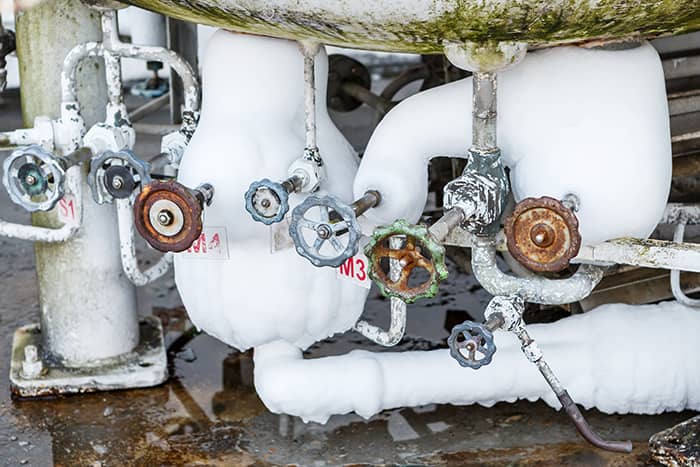
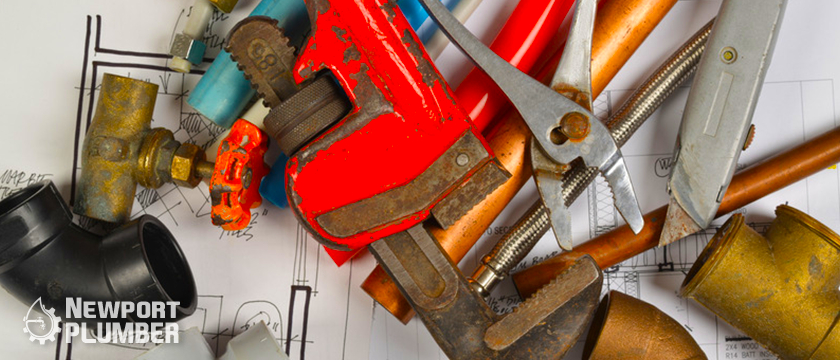







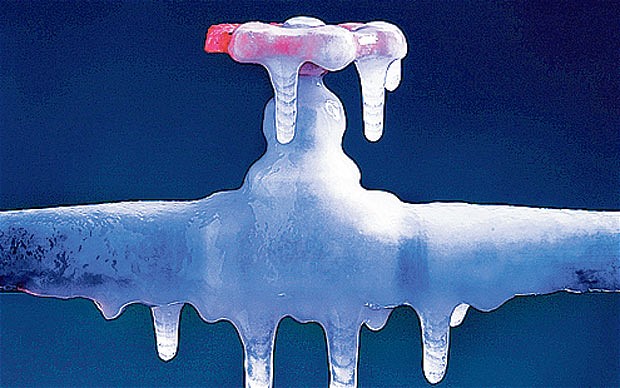




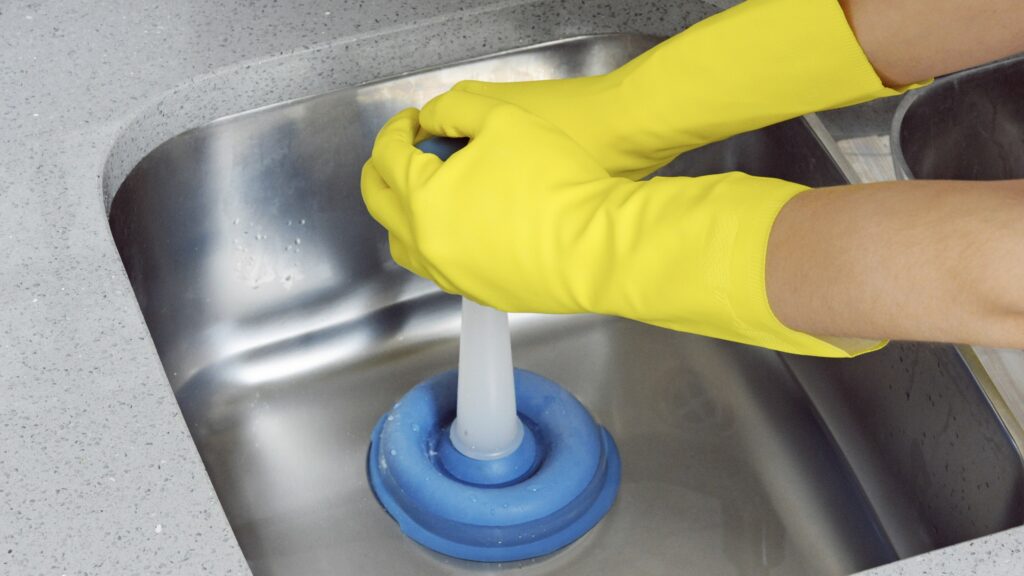
:max_bytes(150000):strip_icc()/freshen-and-unclog-drain-with-baking-soda-1900466-22-bbf940b70afa4d5abef0c54da23b1d3f.jpg)









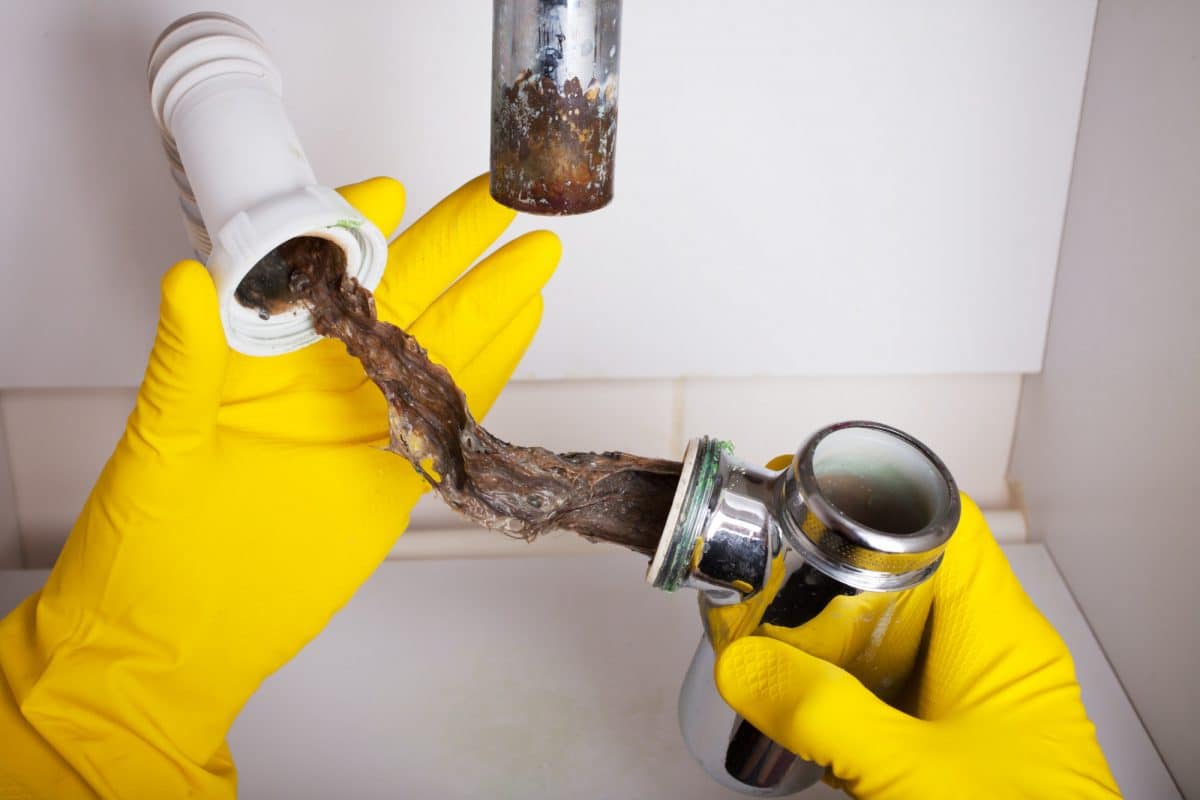

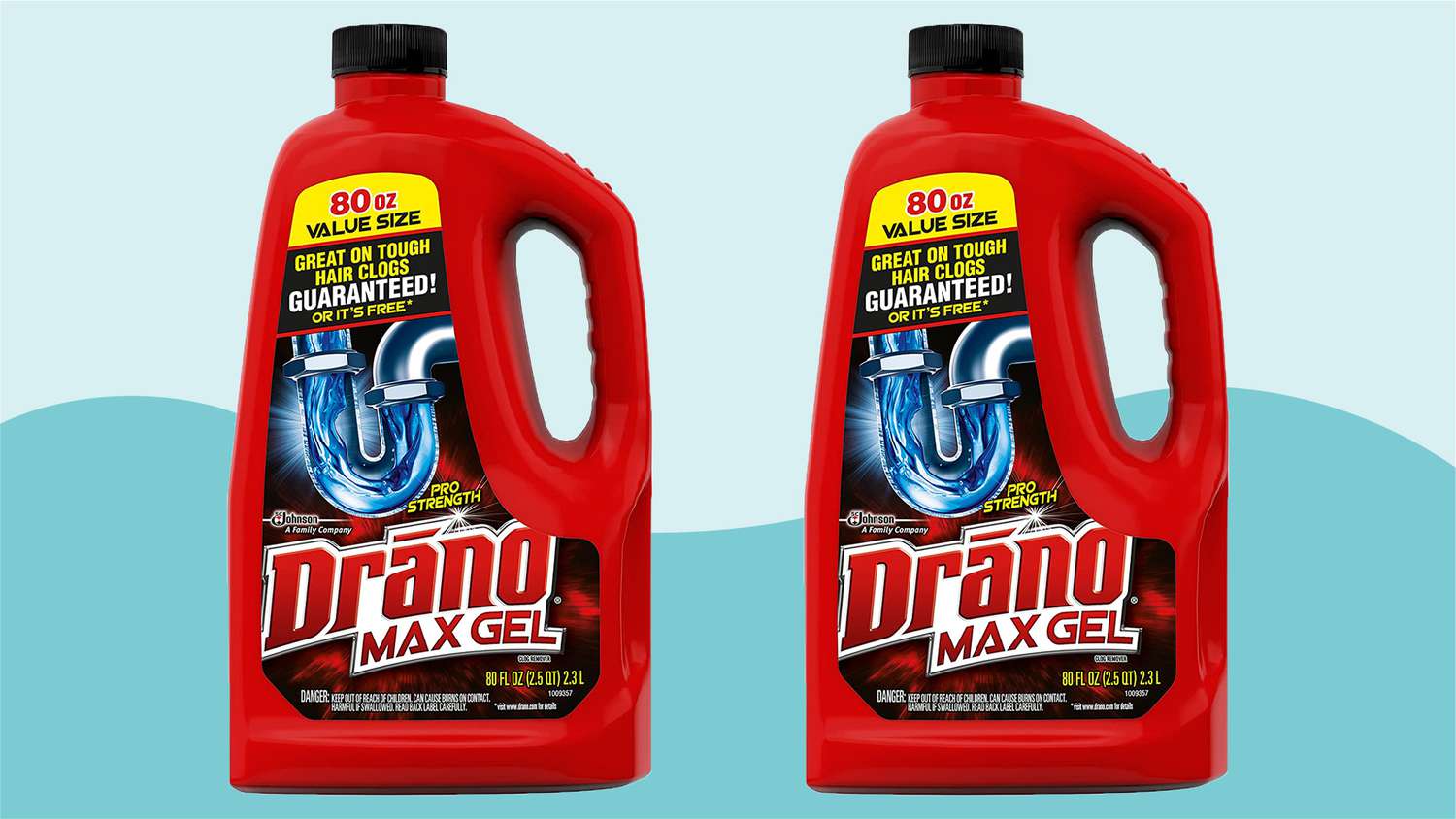
/DrainSnake-c4efd6c0f57e4994a171a4b2f2463059.jpg)

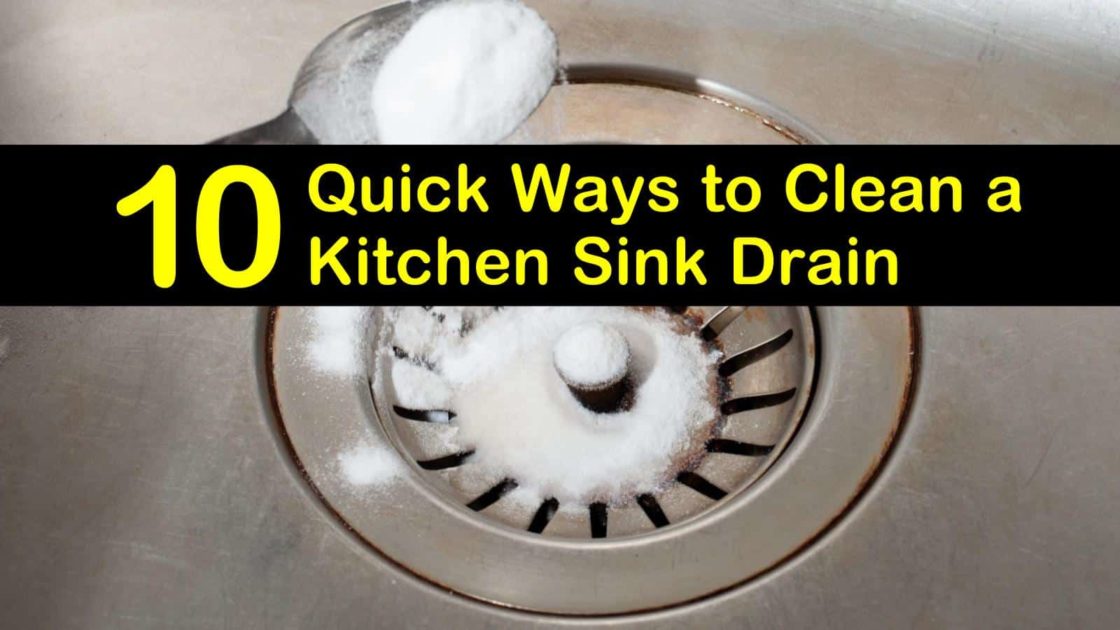
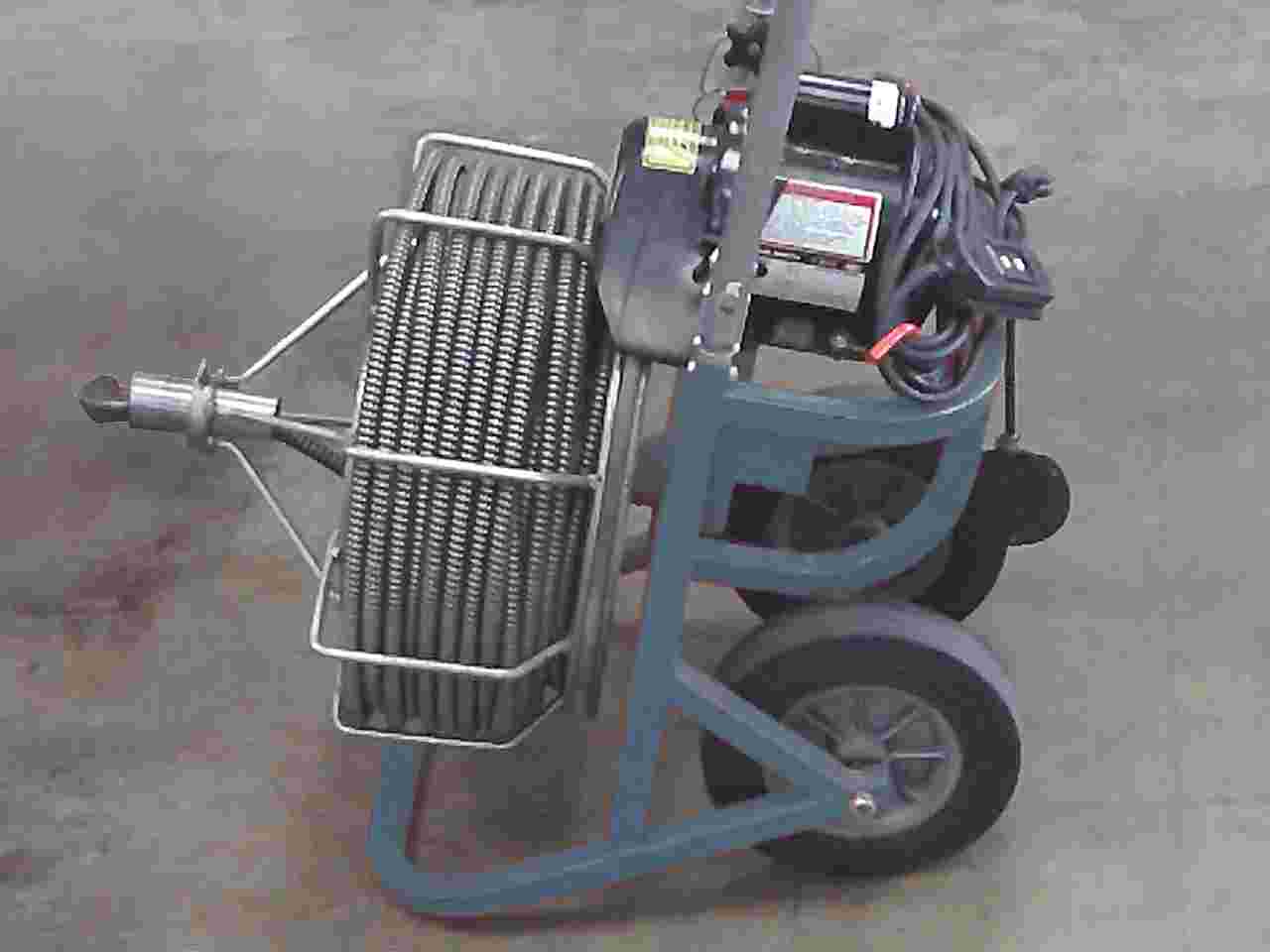




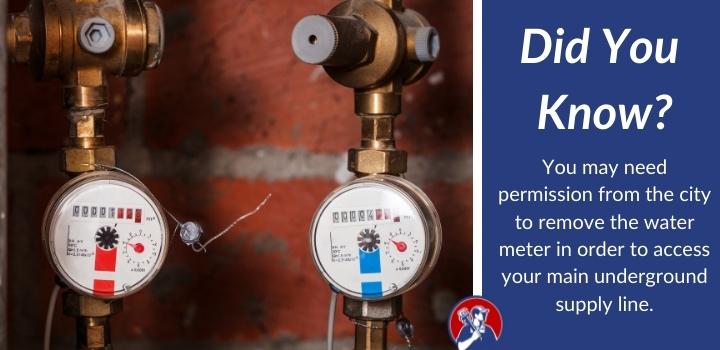
:max_bytes(150000):strip_icc()/how-to-thaw-a-frozen-water-pipe-2124986_FINAL-edit-01-6ff53ed13c7e41559df7070680efe4a6.jpg)



